Axios 与 Fetch 的关系?
介绍
前端应用程序的基本任务之一是通过 HTTP 协议与服务器通信。JavaScript 可以向服务器发送网络请求并在需要时加载新信息,而无需重新加载页面。
这种操作的术语是异步 JavaScript 和 XML (AJAX),它使用XMLHttpRequest对象与服务器通信。它可以发送和接收各种格式的信息,包括 JSON、XML、HTML 和文本文件。
在本指南中,我们将研究如何使用fetch() API和Axios发出网络请求从服务器异步获取信息,并了解如何使用它们执行不同的操作。
拿来
Fetch API 提供了一个 JavaScript 接口,用于访问和操作 HTTP 管道的各个部分,例如请求和响应。它还提供了一个全局fetch()方法,该方法提供了一种简单、合乎逻辑的方法来通过网络异步获取资源。
fetch ()方法接受一个强制参数 - 即要获取的资源的路径 - 并返回一个 Promise,该 Promise在服务器使用标头响应后立即使用内置Response类的对象进行解析。
下面的代码演示了一个非常基本的获取请求,我们通过网络获取 JSON 文件。
fetch('examples/example.json')
.then((response) => {
// Do stuff with the response
})
.catch((error) => {
console.log('Looks like there was a problem: \n', error);
});
fetch()方法接受的第二个参数是请求对象。
{
method: 'POST', // *GET, POST, PUT, DELETE, etc.
mode: 'cors', // no-cors, *cors, same-origin
cache: 'no-cache', // *default, no-cache, reload, force-cache, only-if-cached
credentials: 'same-origin', // include, *same-origin, omit
headers: {
'Content-Type': 'application/json'
},
redirect: 'follow', // manual, *follow, error
referrerPolicy: 'no-referrer', // no-referrer, *client
body: JSON.stringify(data) // body data type must match "Content-Type" header
}
一旦检索到响应,返回的对象包含以下属性:
- response.body:一个简单的 getter,用于公开主体内容的 ReadableStream
- response.bodyUsed:存储一个布尔值,声明主体是否已在响应中使用
- response.headers:与响应关联的标头对象
- response.ok:布尔值,表示响应是否成功
- response.redirected:指示响应是否是重定向的结果
- response.status:响应的状态代码
- response.statusText:状态码对应的状态信息
- response.type:响应的类型
- response.url:响应的 URL
有多种方法可以定义各种格式的正文内容:
- response.json():将响应解析为 JSON
- response.text():读取响应并以文本形式返回
- response.formData():将响应作为FormData对象返回
- response.blob():将响应以Blob形式返回
- response.arrayBuffer() :以ArrayBuffer形式返回响应
Axios
Axios 是一个 Javascript 库,用于从node.js发出 http 请求或从浏览器发出XMLHttpRequests,并且支持 JS ES6 原生的 Promise API。
根据文档,Axios 的一些核心功能包括:
- 它可以用来拦截http请求和响应。
- 它自动转换请求和响应数据。
- 它能够实现针对XSRF 的客户端保护。
- 它内置了对下载进度的支持。
- 它可以取消请求。
Axios 不是原生 JavaScript API,因此我们必须手动将其导入到我们的项目中。首先,我们必须包含以下命令:
使用 CDN
<script src="https://unpkg.com/axios/dist/axios.min.js"></script>Using npm
npm install axiosUsing bower
bower install axios
And make a request as follows:
axios.get('examples/example.json')
.then((response) => {
// handle success
console.log(response);
})
.catch((error) => {
// handle error
console.log(error);
})
Axios 还提供了更多功能来发出其他网络请求,匹配您希望执行的 HTTP 动词,例如:
- axios.请求(配置)
- axios.get(url [,配置])
- axios.delete(url [,配置])
- axios.head(url [,配置])
- axios.options(url [,配置])
- axios.post(url [,数据 [,配置]])
- axios.put(url [,数据 [,配置]])
- axios.patch(url [,数据 [,配置]])
您可以在官方文档中查看全面的请求配置。
请求的响应包含以下信息:
- response.data:服务器提供的响应
- response.status:来自服务器响应的 HTTP 状态代码
- response.statusText:来自服务器响应的 HTTP 状态消息
- response.headers:服务器响应的标头
- response.config :为请求提供给axios的配置
- response.request:生成此响应的请求
现在我们已经熟悉了axios和fetch()的定义和用法。让我们集中讨论如何使用 Axios 和 Fetch 执行一些实际操作。
JSON 数据
使用fetch()处理 JSON 数据时有两个步骤。首先,我们必须发出实际请求,然后在响应上调用.json()方法。
fetch("examples/example.json") // first step
.then(response => response.json()) // second step
.then(data => {
console.log(data)
})
.catch(error => console.error(error))
一旦请求被解析,Axios 就会自动转换 JSON 数据,因此我们不需要在这里做太多事情。
axios
.get("examples/example.json")
.then(response => {
console.log(response.data)
})
.catch(error => {
console.log(error)
})
错误处理
使用 Axios 处理错误非常简单,因为错误的响应(如 404 或 500)将拒绝承诺。
axios
.get("examples/example.json")
.then(response => {
console.log("response", response)
})
.catch(error => {
if (error.response) {
// The request was made and the server responded with a status code
// that falls out of the range of 2xx
console.log(error.response.data)
} else if (error.request) {
// The request was made but no response was received
// `error.request` is an instance of XMLHttpRequest in the browser and an instance of
// http.ClientRequest in node.js
console.log(error.request)
} else {
// Something happened in setting up the request that triggered an Error
console.log("Error", error.message)
}
console.log(error.config)
})
使用fetch()时,评估响应是否成功尤为重要,因为错误响应(如 404 或 500)仍可解析。只有在请求无法完成时,fetch promise 才会被拒绝。代码如下所示:
fetch("examples/example.json")
.then(response => {
if (!response.ok) {
throw Error(response.statusText)
}
return response.json()
})
.then(data => {
console.log(data)
})
.catch(error => console.error(error))
拦截请求和响应
Axios 的一个关键特性是它能够拦截 HTTP 请求。当我们想要检查或更改从应用程序到服务器的 HTTP 请求时,拦截器会非常有用,例如从本地存储中检索令牌并将其包含在所有请求中。
// Add a request interceptor
axios.interceptors.request.use(
免责声明:本内容来源于第三方作者授权、网友推荐或互联网整理,旨在为广大用户提供学习与参考之用。所有文本和图片版权归原创网站或作者本人所有,其观点并不代表本站立场。如有任何版权侵犯或转载不当之情况,请与我们取得联系,我们将尽快进行相关处理与修改。感谢您的理解与支持!






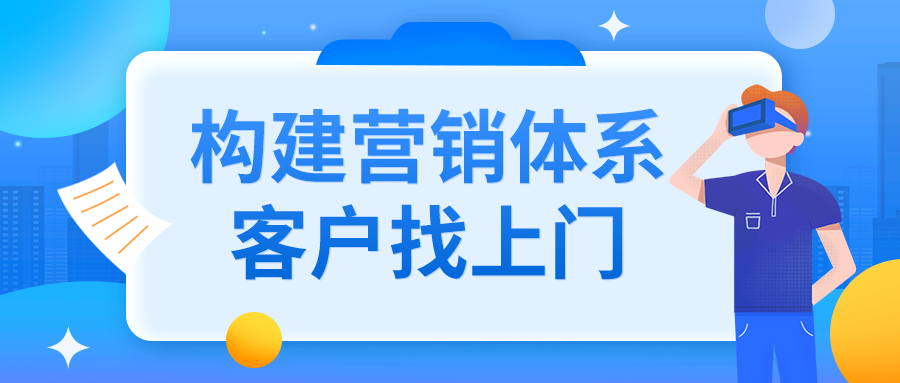
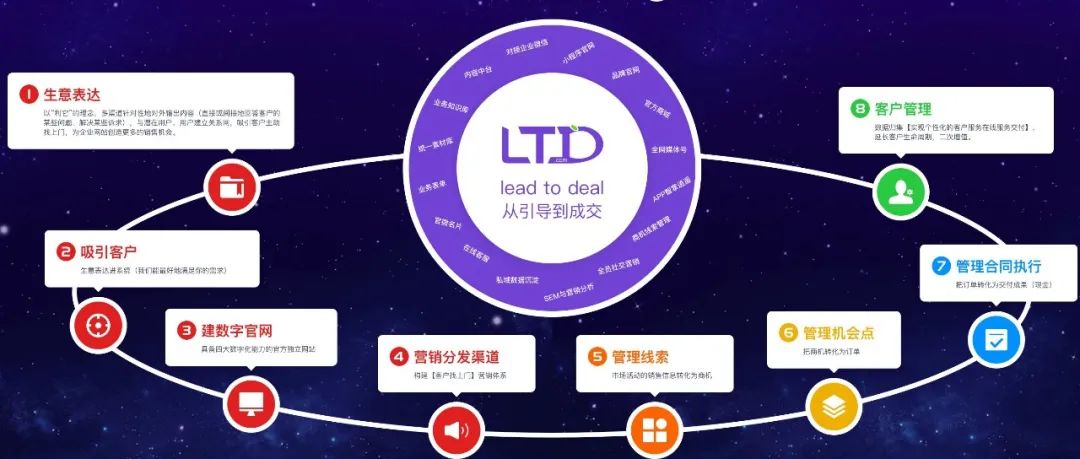

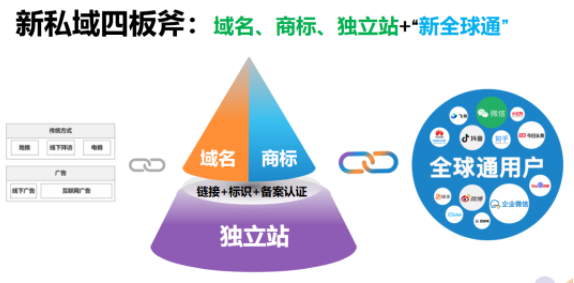

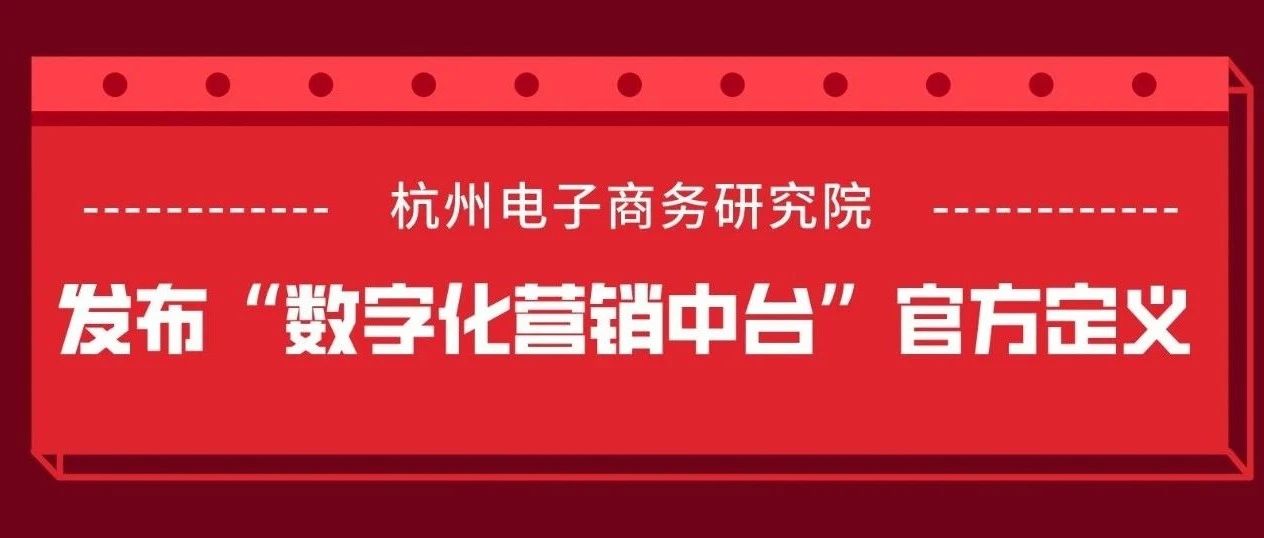

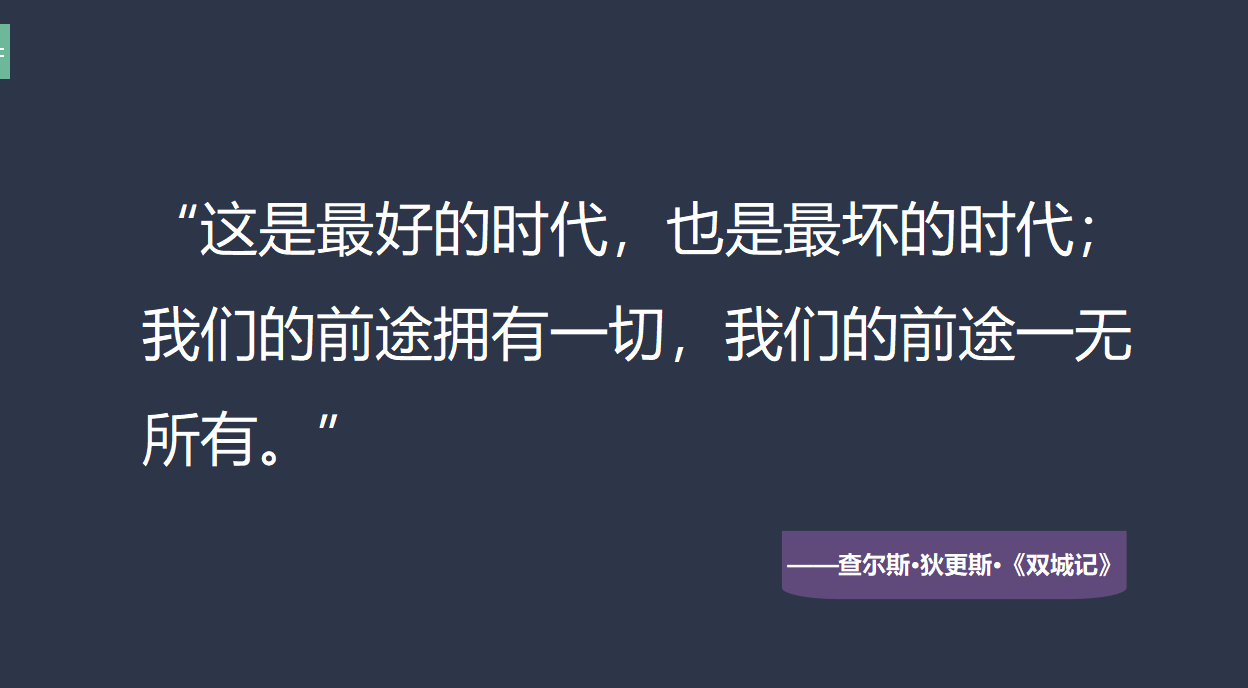



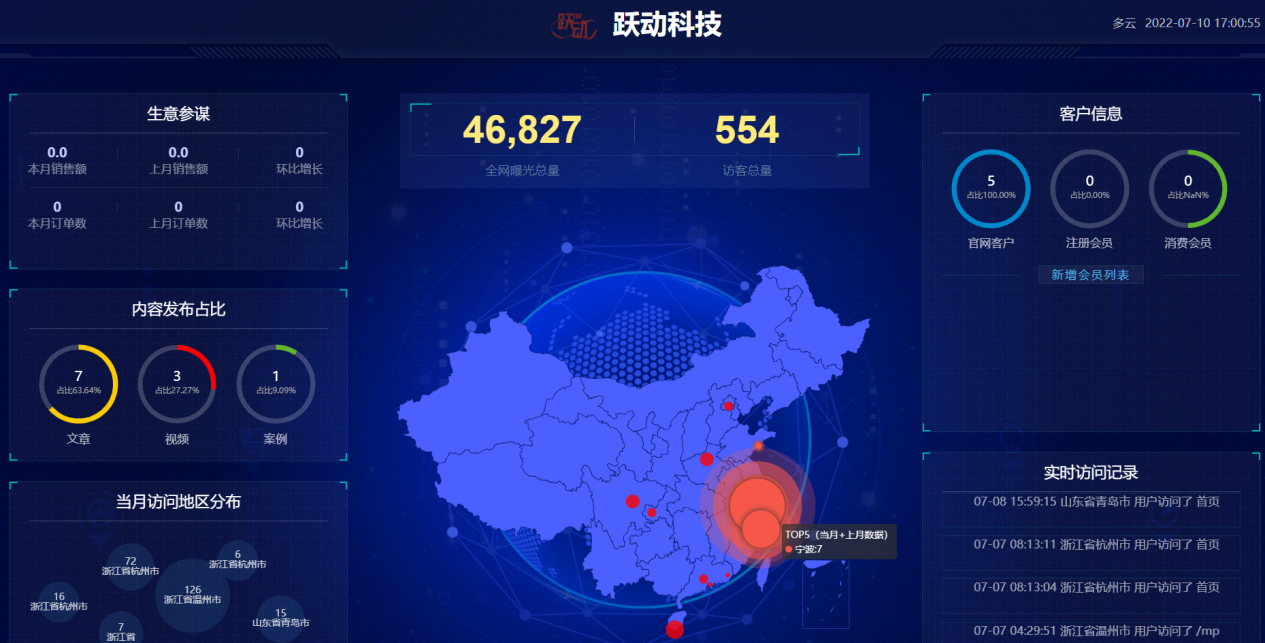

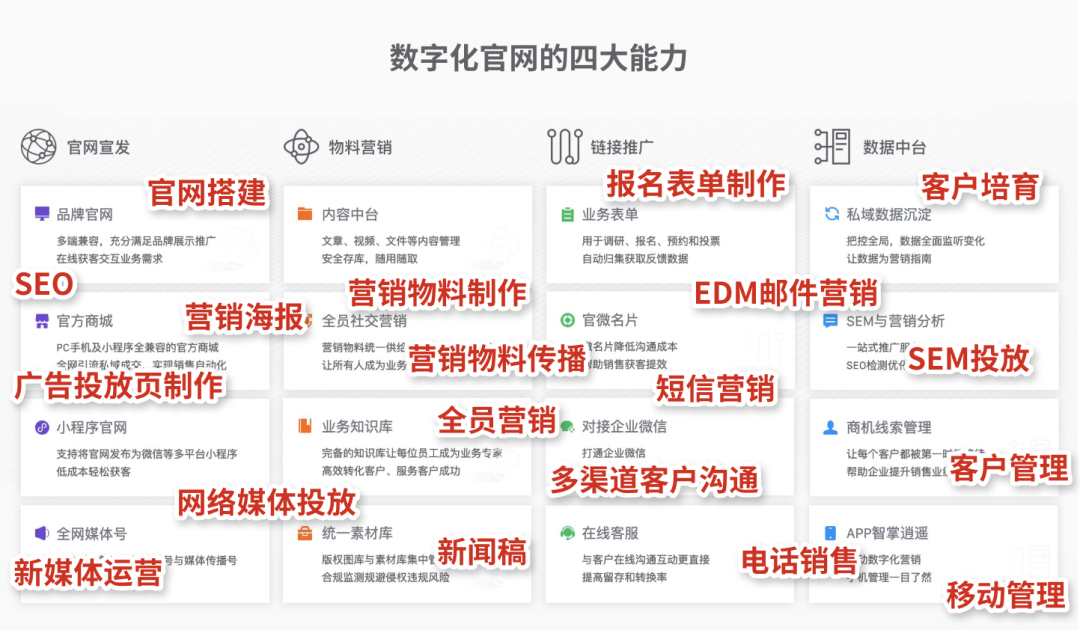














请先 登录后发表评论 ~